Dreamhack 2016 saw the announcement of Nvidia’s monster GPU, the 1080. While the new Pascal architecture certainly took the limelight, Nvidia’s Ansel, a nod to Ansel Adams we suppose, and VRWorks for Audio were also announced and might transform the way we game.
Nvidia’s Ansel is a system that will freeze a render of a scene at a time that you want to take a screenshot. In supported games, you’ll then be able to explore that scene in 3D, take selfies that are 61,000px wide (since the images are coming directly from the frame-buffer) and even take 360 degree VR screenshots that you can view on a Google Cardboard type device. You get a free-moving camera, various filters and a great deal of flexibility. Instagram for gamers?
More exciting than selfies and 360 degree screenshots however, is Nvidia’s VRWorks Audio.
Traditionally, in-game audio isn’t processed very much. Audio sources are fixed and any environmental effect is pre-programmed, after a fashion. Nvidia’s VRWorks for audio aims to change that by taking a ray-tracing approach to audio. Ray-tracing is a technique used to figure out the path taken by a ray of light as it interacts with various objects in a scene. Nvidia intends to do the same, but with audio. Audio data will now be processed, its interactions with the world mapped and the net result should be a far more realistic and immersive experience to all gamers, particularly in VR.
Nvidia also announced what they’re calling “simultaneous multi-projection (SMP).” That might sound complicated, but for people with multi-monitor setups and VR goggles, it’s a life-saver. A normal scene in a game is rendered from one viewpoint. When you use a multi-monitor setup, you set the monitors in an arc, but the scene is rendered flat, meaning that the image in the secondary monitors is warped. With SMP, Nvidia cards will be able to render up to 16 different viewports, meaning that each monitor can get a dedicated viewport, resulting in an image that looks more natural and less distorted. The same goes for VR, where the viewport for each eye is rendered separately for better quality. The images can also be corrected for distortion from lenses.

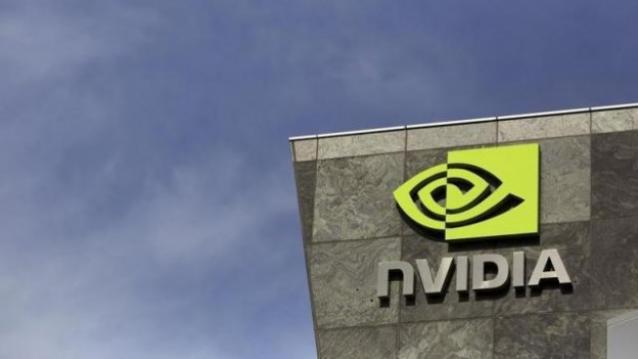
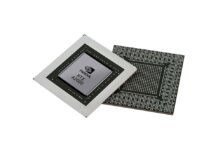
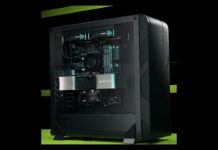
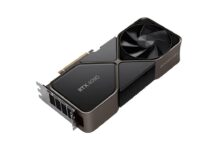
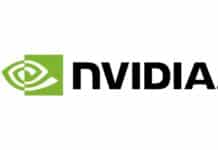

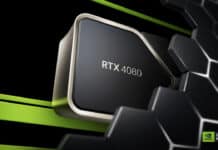


![Samsung Galaxy M15 Stock Wallpapers [Full HD+] are Available for Download Samsung Galaxy M15 Stock Wallpapers [Full HD+] are Available for Download](https://www.techfoogle.com/wp-content/uploads/2024/04/Samsung-Galaxy-M15-Stock-Wallpapers-Full-HD-are-Available-for-Download-100x70.jpg)


